Top Knife Techniques: Side and Straight, in Krav-Maga and other methods
- Gil Peleg

- Feb 6, 2022
- 16 min read
Updated: Aug 21, 2022
In this article we will look at: What caused the formation of traditional knife fighting schools? What is the specialty of Krav-Maga in knife fighting? What is the main tactic of knife fighting in self-defense? What is a long straight knife stab? What is frequent, short, and direct knife stabs? What is a long-side knife stab? What is the frequent short side knife stab? When is the Forward Knife Grip Technique Hammer used? When is the Forward Knife Grip Technique Saber used? When is the Forward Knife Grip Technique Modified Saber used? What types of training knives and protective equipment are used in Krav-Maga training? What types of real assault knives are there? With what equipment is it recommended to practice Krav-Maga at home?
Warning!
The concepts presented here are for illustrative purposes only. Before attempting any technique discussed or presented in this article, seek professional training from a reputable instructor.
What caused the formation of traditional knife-fighting schools?

For the long and bloody history of the knife as a cold weapon, many systems and schools of fighting with knives have been created all over the world. Each usually differs by region and culture of origin. The history of repeated conquests of foreign territories caused the need for knife fighting techniques. The struggle of the guerrillas in the past was only directed against the government and its forces, and not against civilians, as it happens today through various terrorist organizations. Guerrilla warfare, which in Spanish means “little war”, is a way of conducting combat operations with maneuverable and flexible small forces. Guerrilla combat allowed the rebels to fight the regular army with the tactics of raids and ambushes.
What are the traditional schools of knife fighting?
Italian stiletto school
It is generally accepted that the stiletto knife originated in Italy. Historians claim that the first stiletto was created in the 15th century, and medieval knights adopted this knife into their arsenal as a secondary combat weapon. He served as a weapon to eliminate the wounded and fallen enemies. The Sicilian school of stiletto combat was formed and was intended primarily for guerrilla warfare and sudden stabbing, the people of this school were guided by sharp combat movements with a knife. A person who knew how to use this knife plunged the ego deep, then sharply turned the blade in different directions before removing it. The popularity of the stiletto as a powerful combat weapon began with the First World War, in which it served as the main combat weapon for soldiers. The stiletto was also used during the Second World War, not as the main combat weapon, but as an additional one. Also, this knife is widely used by special forces for the purpose of silent elimination.
Spanish Andalusian School
The Andalusian school is famous for its use of the folding knife, which has been widely used by the people of the region since the 17th century. This part of Spain is famous for sword and knife fighting, which was regularly taught to young people as a necessary skill that was often passed down from father to son as a ritual. Over time, these schools used these traditional methods for fraud, robbery, and threats. This tradition of knife fighting later spread to other Spanish-speaking countries.
Philippine School
The Arnis method - "Eskrima-Kali" (sword fencing), is a Filipino martial art that uses sticks, knives, and other edged weapons. This martial art developed over the years in the Philippine tribes and was also influenced by the doctrines of warfare that came to the Philippine Islands from both various conquerors and travelers. With this method, the most common is the use of combinations; two sticks; stick and knife, etc; In addition, they specialize in sword fighting and hand-to-hand combat. This method has flourished for centuries as part of a blade culture society. The Philippines is an island nation scattered and isolated from each other, which has led to the development of many different styles of Arnis. Like most traditional knife martial arts, Eskrima is learned through constant practice, using encounters between two or more opponents to hone the student's physical skills and mental focus.
What is the specialty of Krav-Maga in knife fighting?
In Krav-Maga, the emphasis is on combat distances in front of the enemy; footwork - geometry in terms of triangular steps; so that the fighters are able to move away from the knife attack line, i.e. from the center, at the left or right angle; With the main goal, to find a more comfortable position to the enemy. As a result, the warrior's legs always capture two points in the triangle in order to be elusive. When it comes to knife attacks, Krav-Maga focuses on the angles of attack, because the real battle with melee weapons is a storm of uncertainty. One of the main concepts of this martial art involves grabbing a weapon in hand-to-hand combat. This is a skill acquired by repeatedly repeating a technique until it becomes instinctive. We understand the need for this only when faced with a real and tangible threat on the street against a knife attack, and then it is better to know this skill than to be stabbed.
What is the main tactic of knife fighting in self-defense?
The basic tactic in combat to defend against knives emphasizes three things; dodging a knife strike by taking triangular steps to the right-left or stepping back. When trying to injure the attacker's hand-holding a knife; Aim to grab or control the attacker's knife hand and at the same time apply neutralizing blows to sensitive points of the body to hit vital areas and neutralize the threat of the knife. Important note: As long as the knife is in the attacker's hand, the danger has not passed and you must continue to hold that hand and strike. To apply these techniques, it is necessary to work out these movements at the level of instincts. The goal of Israeli Krav-Maga is to be simple and effective for such scenarios. This method is a relatively short time and teaches only what is required for effective self-defense against a knife, stick, and pistol. In advanced courses, one can continue to specialize, and there is no end to it...but the foundation for instinctive responses to stressful situations can be acquired in courses lasting from two to six months.
What is a long straight knife stab?
In this scenario, the attacker uses all the force of his body weight and a wave of his arm to reach the vital organs in the body. On the one hand, this is a powerful and predictable attack, because a skilled person sees a threat and tries to first defend with a dodge to get out of the line of a knife strike, and at the same time tries to defend and block the attacker's hand. Holding the knife, grabbing it, and applying it to the body of the attacker with his straight hand, which blocks the movement of the attacking hand, and at the same time deliver neutralizing blows to the jaw and groin of the opponent. As a result, the knife may fall out of the attacker's hand. According to Mark Fesler (6th Dan in Krav-Maga), "You should try to control the attacker's elbow, as this greatly limits his ability to move". Note: In the period leading up to this attack, in some cases, our protective hand may be wrapped in a shirt or any other insulating material that can protect our hand from a knife. But even if we didn't succeed... remember that cuts on minor parts of the arm are better than cuts on important parts of the body! In such a fight, cuts in the defensive arm are inevitable even among experts in this field.
What is frequent, short, and direct knife stabs?
In this scenario, the attacker uses fast, agile, frequent, and short-hand movements to inflict as much damage as possible through multiple stab wounds on the victim. Whereas the goal of the attacker is not a specific organ, but a series of accidental injuries to the body caused by a knife. This tactic is deadly and very difficult to prevent as the knife can be hidden behind the assailant's arm. In this attack, the chance of being hit by the first hit is very high because the victim is not ready for the attack. But if the knife hasn't grazed a vital organ in the victim's body, there is little chance of copping subsequent blows if the victim is experienced in such sudden scenarios. The goal is to hold the attacking knife hand, with the victim's body thrown back, and immediately neutralize the attacker's jaw and groin by the blows. The counterattack continues in parallel with the capture of the opponent's attacking arm until he releases the knife. In this scenario, cuts on the defensive hand are inevitable and at best.
What is a long-side knife stab?
In this long-side blow knife scenario, the attacker uses all the force, body mass, and centrifugal acceleration of the arm towards the target. With optimal retention of the knife in the form (hammer or sword) - Whereas in the first case the thumb is wrapped around the handle, and in the second case, it is held on the butt of the knife. The goal of the attacker is to reach the vital organs of the human body in one fell swoop in order to neutralize the victim's defensive abilities. The trajectory of the blade can be directed to the lower, middle, and upper parts of the body. Due to this spread in the probability of hitting, it is difficult for the victim to predict the direction of the enemy's attack. True, the experienced have a higher chance of instinctively avoiding the first and second blows through retreat than the inept, who first gets into stress and at that moment loses the battle (life). In the long side knife blow, there is a beginning of the trajectory, i.e. the exit of the blade and the end of the trajectory when it comes to hurting a person or in a miss. At this point, if the knife misses the victim, usually the attacker delivers again a long stab advancing toward the victim. The goal of the victim is to get away from this blow, retreating if he has room to retreat ... The attacker's third blow is also usually long with advancement towards the victim, at which point an experienced person may try to stop the knife blow.
How to stop the third knife blow from the side?
With proper timing, the victim attacks by blocking the knife with the opposite forearm, while delivering a powerful neutralizing blow to the attacker's jaw with the second hand. The forearm is then replaced with a palm to grab the opponent's attacking knife arm, block it with his straight arm, and keep hitting the jaw until he releases the knife. Note: as long as the attacker has the knife, the danger to life has not passed.
What is the frequent short side knife stab?
In this scenario, the attacker uses fast, agile, frequent, and shorthand movements to inflict as much damage as possible through multiple stab wounds on the attacked. Whereas the goal of the attacker is not a specific organ, but a series of accidental injuries to the body caused by a knife. This tactic is deadly and very difficult to prevent as the knife can be hidden behind the assailant's arm. In this attack, the chance of being hit by the first hit is very high because the victim is not ready for the attack. But if the knife hasn't grazed a vital organ in the victim's body, there is little chance of stopping subsequent blows if the victim is experienced in such sudden scenarios. The purpose of the victim is to stop the attacking hand with a knife while using the opposite knife defense through the forearm. Also, with the opposite hand, a powerful neutralizing blow is applied to the jaw of the attacker. The forearm is then replaced with a palm to grab the opponent's attacking knife hand, block it with his straight hand, and keep hitting the jaw until the knife is released. In such a fight, cuts in the defensive arm are inevitable even among experts in this field.
Expert opinion:
According to Mark Fesler (6th Dan in Krav-Maga), neutralizing blows and rotational movement can be effective in certain situations. As for the grip of the knife - I would say the method of the sword. Assuming that the attacker can be disarmed, in some cases, it is worth moving back to the distance. From the experience of working with civilians, even the guards abroad get stressed when practicing these strikes!
According to Shihan Armen Avanov (6th Dan in Krav-Maga and Karate-Kyokushin), this type of attack is carried out only at a distance equal to a half-bent arm. When the zone of impact of the knife is very specific. Statistically, when it comes to multiple stab wounds, this is the area of the buttocks or thighs (provided that the attacker does not intend to kill) or the abdomen (clear intent to kill). The chances of surviving the event are very low and do not necessarily depend on the skills of the victim. If the attacker is at medium range, the attack probably came unexpectedly, otherwise who would have allowed the distance to be reduced. The rotational movement should be combined with a finger strike on the opponent's eyes - it does not require special techniques like a blow to the jaw and is much more effective. A weak point hurts even with a light touch, and whoever does not see cannot attack. Note: The rotational movement buys time for the victim. As for the knife grip, the more stable grip method is the hammer.
When is the Forward Knife Grip Technique - Hammer(Saksak) used?

This is one of the traditional knife gripping techniques. It is characterized by the fact that the thumb wraps around the handle and is in full contact with two fingers: middle and index. The blade of a knife is always oriented at an upward angle when the palm of the hand grips the knife very tightly. Although there is a drawback to the perception of the hammer, it is not suitable for long knife blow distances. That is, it is intended for short and medium ranges, mainly for fast, powerful, and frequent strikes. The hold is common in Israeli Krav-Maga and Filipino martial art (Kali), in which it is called "Saksak". In this grip, it is convenient to strike from below and from the side, while the blow from below reaches the abdomen, chest, and head; A knife blow from the side covers the upper part of the muscles of the legs, sensitive areas of the ribs, and head. At zero distance, you can easily get to the back of the enemy. That is, it is a lethal grip for close and medium distances.
When is the Forward Knife Grip Technique - Sword (Saber) used?

This is another variation of the traditional forward knife grip Technique called the sword (saber). Characterized by a hammer-like grip with a slight difference, where the thumb presses on the top of the knife and changes the functionality of the knife strike, and what does that mean? It is possible to achieve a greater range of stabbing with a knife, although there is a drawback in that the hand is not fully fixed with the thumb, as in the grip of a hammer, i.e. there is space between the thumb and the rest of the fingers. Some experts will argue that the grip is not secure enough. In general, designed for the same purposes as the hammer grip and the same areas of the body mentioned in the previous subsection.
When is the Forward Knife Grip Technique - Modified Saber used?

The technique of the "Modified Saber" grip is the same as with the hammer grip, but in this case, the thumb is placed on the flat side of the blade. The advantage here is the same as the hammer grip in that it is very strong and stronger than the Sword (Saber) gripping technique, the thumb wraps around the knife and does not touch the fingers. The knife naturally rests in the horizontal position of the hand and is held in the natural direction of the fist. As a result, this grip is widely used in various martial arts. The most noticeable disadvantage of this grip is the position of the thumb, i.e. very close to the cutting edges of the knife. Another disadvantage is the limitation of hand movement in this grip.
What do they wear in Krav-Maga?
According to the history of the formation of the Combat System, it was intended for the security forces of the State of Israel, so formal clothes were uniform (military uniform). Although there are schools that teach in black Ninjutsu-Style pants and a black T-shirt, it is usually necessary to wear Martial arts shoes as well. Important note! Women’s and men's equipment in this method are absolutely identical. The following is a recommended list of clothing when training Krav Maga:
What does the training equipment of the Krav-Maga trainer include?
Following the history of the method, great importance is attached to the formation of functional muscles. On the one hand, it is necessary to work on speed and agility in movement, and on the other hand, to develop muscles to increase strength and power. To succeed in this task: Need to work with small weights, many reps in each set; Also combine with strength training, it is advisable to consult with a trainer so as not to damage the muscle ligaments; It is recommended to work with a wrist expander and rubber for dynamic loading; With heavy training rope; a lot of reps on a heavy and light boxing bag; With a punching bag, etc ... It is imperative to practice throwing, choking, blocking, kicking and punching. Punches and knees on the trainer's abdomen may only be performed with suitable and safe belly protectors! In the tactical training of Krav-Maga, rubbery equipment is used like knives, padded sticks, etc... One needs to use equipment that has passed strict safety tests. When signing up for a club, check if their gym floor is well protected and if there is a suitable protective pad against falls, throws, etc. Below is a list of the recommended trainer equipment when teaching Krav-Maga:
How important is personal protective equipment when practicing Krav-Maga?
Good schools understand the importance of protective equipment when teaching martial arts in general and in combat in particular. Demonstrations and battles are not allowed without appropriate protective equipment! These are usually inexpensive shields compared to the physical damage they prevent. Also, there is no insurance without protective equipment! When striking a punching bag, be it a jab, cross, hook, or uppercut, boxing gloves should be used. It is recommended for full contact to use a body protector that maintains the integrity of the ribs. Also, shields for the head, teeth, groin, and legs are recommended.
It is very important to practice Krav-Maga using rubber training knives and even more important during training to wear appropriate protective equipment: such as glasses designed to protect the eyes; a body protector; a Head guard against receiving an unwanted blow. The following is a list of recommended equipment for knife defense studies in Israeli Krav-Maga:
To learn Krav-Maga, one needs to practice the same thing, many times over. This is not a theoretical area compared to other martial arts where one can learn from a trainer by watching directly through a computer. So practice and interaction are of the utmost importance. Although, it is worth it and even recommended to work at home on punches and kicks, strength training, etc. For this purpose, it is possible to purchase minimal personal equipment that does not take up much space at home. Prepares physically for classes in the section. It also improves the following parameters: Strength, flexibility, cardiopulmonary endurance, and more.
Using a yoga mat, abdominal muscles can be improved; Training weights are to improve muscle strength; Using an adjustable strength bench can strengthen chest muscles by lifting weights; A free-standing punching bag is a perfect solution for punching and kicking improvement at home ... Below is a list of recommended equipment for home exercise:
Home training is recommended to be performed under the supervision of a certified trainer. It is recommended to avoid exercising alone at home!
How important is cardiopulmonary endurance in Krav-Maga workouts?
First of all, this is health, and secondly, in a battle that does not end in a short time, the one who has cardiopulmonary endurance wins. To improve cardiopulmonary endurance, it is recommended to take brisk walks, combined with running, to increase and decrease the pace. These runs can be done outdoors, on the coast, on a Treadmill, or on a Home spinning bike. Recommended: Wear suitable shoes while running, and document and monitor your calorie burn and heart rate with your Smartwatch. Also, with the help of this it is very easy to see improvements in cardiopulmonary endurance, In fact, all your actions are recorded using a computer, and there is a training history. The following is a list of recommended personal equipment for home workouts, for developing cardiopulmonary endurance, and for monitoring and controlling progress:
Home training is recommended to be performed under the supervision of a certified trainer. It is recommended to avoid exercising alone at home!
What types of real assault knives exist?
Warning!: Real and dangerous combat knives have been attached below, do not use them for training purposes! Do not use them to intentionally hurt someone! They are for illustration only! That is, to recognize existing threats and be prepared for them! The following is a list of real attack knives for illustration only (there are dozens of different types of attack knives):
What are the recommended books to read, on the subject of knives?
Dear friends, if you are reading this article I guess you like the subject of knives. As a result, I will share with you a number of books on this subject that I have personally read and been very impressed with. You will ask and rightly so, why are they not only about an Israeli Krav-Maga? My answer is simple, I believe that for survival any self-defense technique is good! As much as it is applicable and useful! In our Facebook Group, we are talking about applicable self-defense, and what is good about it is that the method has no meaning at all, but the application of realistic exercises for effective self-defense! As a result, the books are also from different fighting methods regarding knives. I hope you will enjoy them.
Summary Best Knife Techniques: Side and Straight Knife Defense
In this article, we found out what caused the formation of traditional knife fighting schools around the world; We have seen what is the hallmark of Israeli Krav-Maga in knife fighting; We saw what the tactics of knife fighting in Israeli Krav-Maga are based on; It turned out that there is a fundamental difference between the methods of long and frequent short blows with a knife, whether it be a direct blow or a side blow; It turned out that there are different types of knife grip, and each grip has a specific purpose, range of action, and affected area; We saw how difficult it is to stop these knife attacks and what techniques can be used in Israeli Krav-Maga. We have received expert opinions in the field of self-defense. We also saw Krav-Maga training equipment and some real assault knives just for illustration purposes.
Written by Gil Peleg.
Professional consultant in Krav-Maga Mark Fesler.
Professional consultant in Krav-Maga Shihan Armen Avanov.
Dear friends, I invite you to read more about applicable Self-Defense in our Group below:
Dear friends, SUBSCRIBE to the Fitness Warriors Club's blogs page, and be the first to read new articles on the issues of Self-Defense:
Amazon's affiliate program - Fitness Warriors Club is participating in Amazon's affiliate program through the Website & through professional blogs where there are links to products marketed on Amazon. If you buy through links on this page, we may earn a small commission. Fitness Warriors Club is not responsible for any economic and operational activities related to this program as for the refund of any payments regarding this program. All these issues will be settled with Amazon.








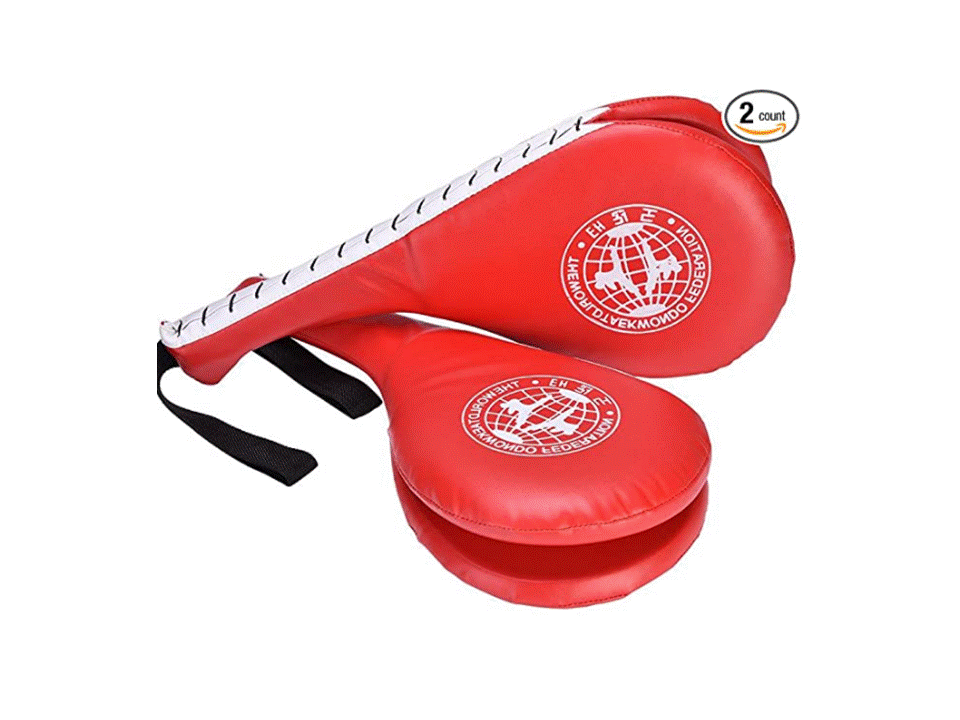


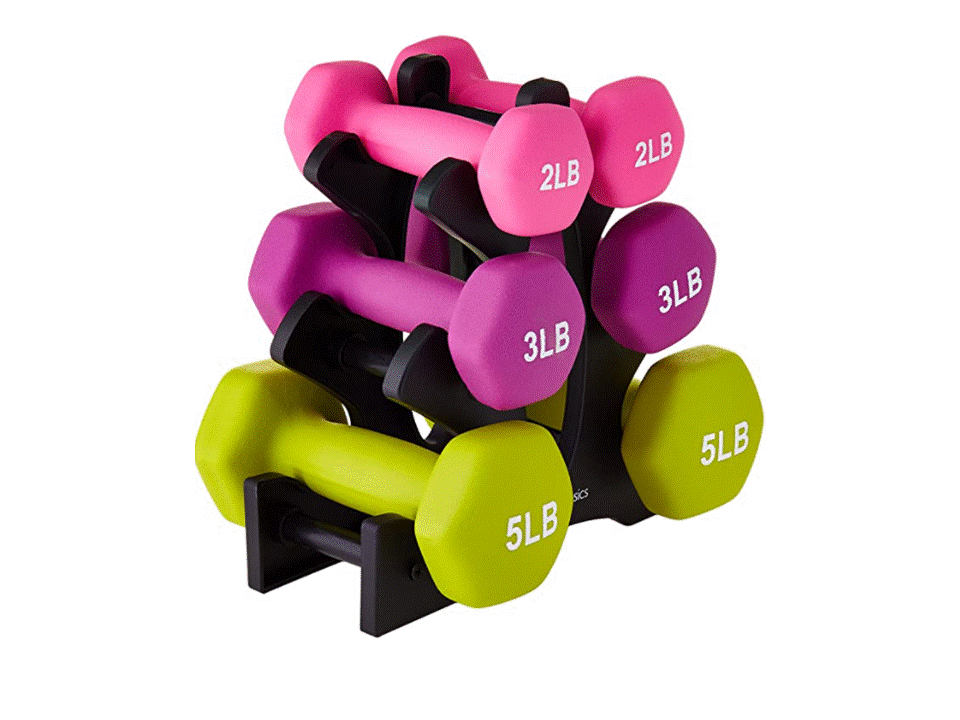
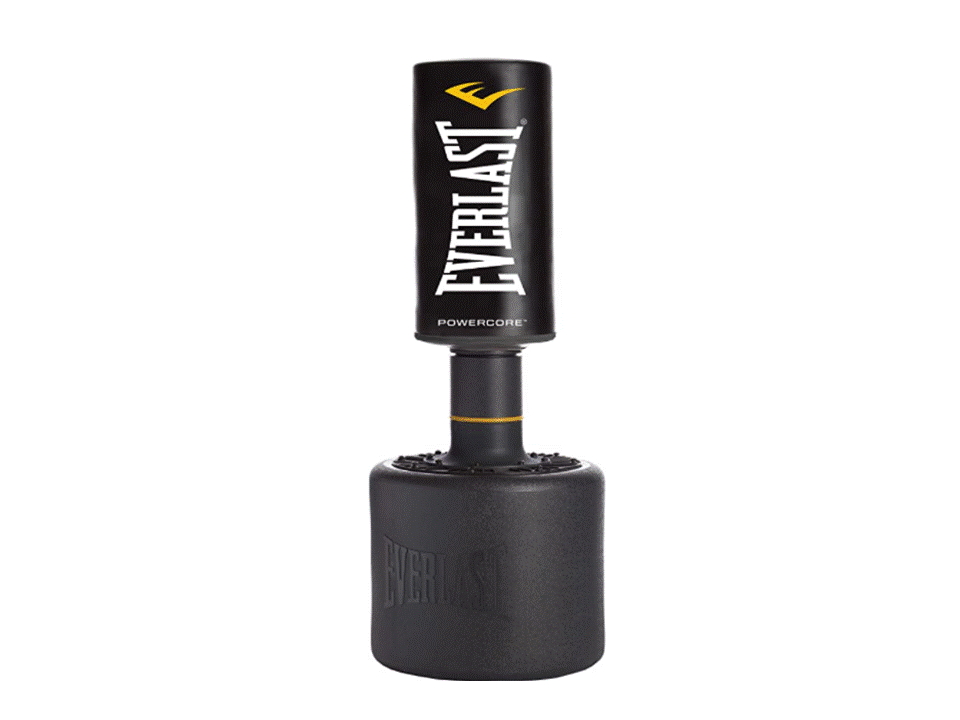
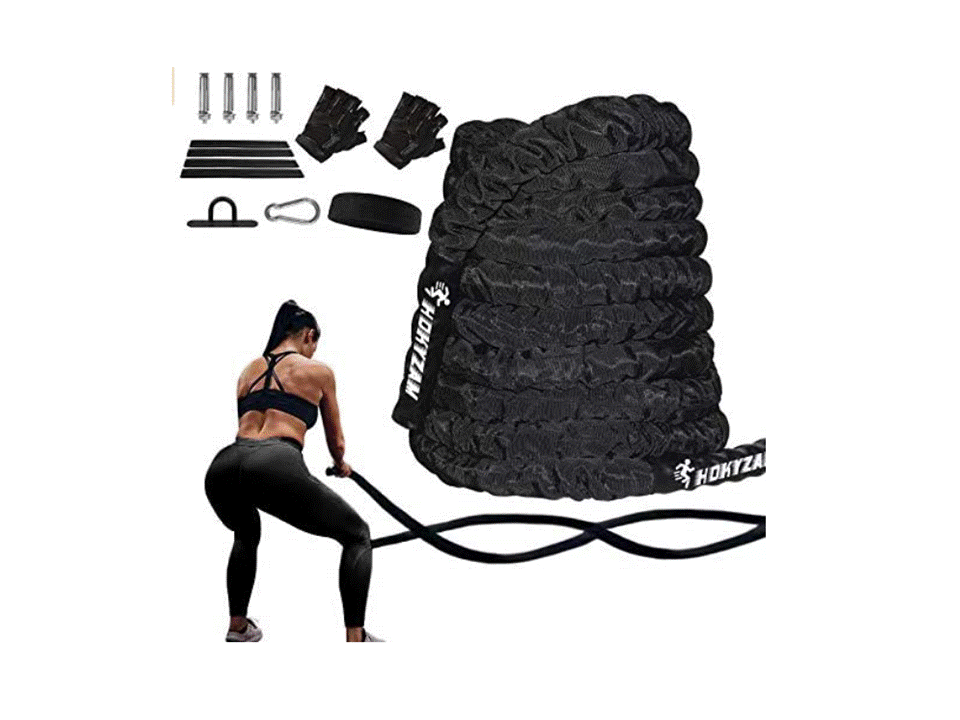












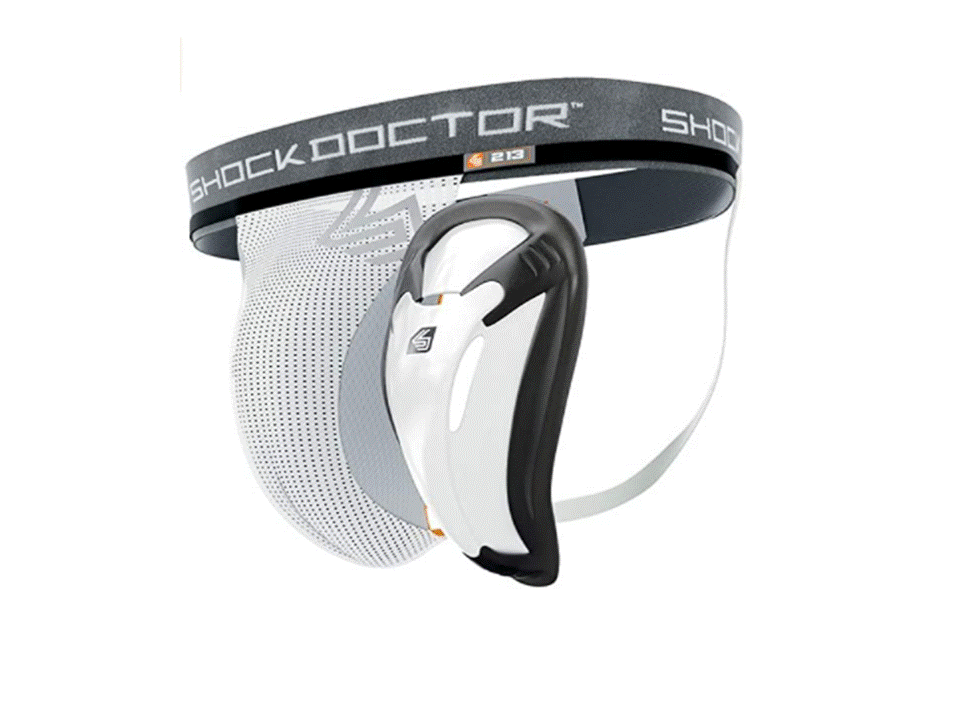
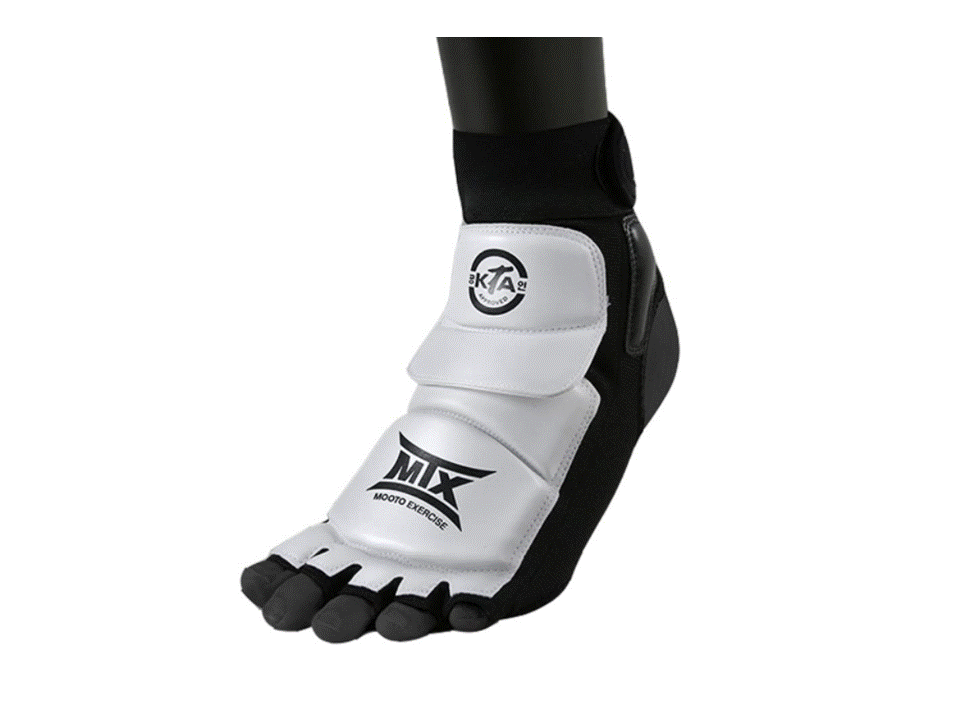
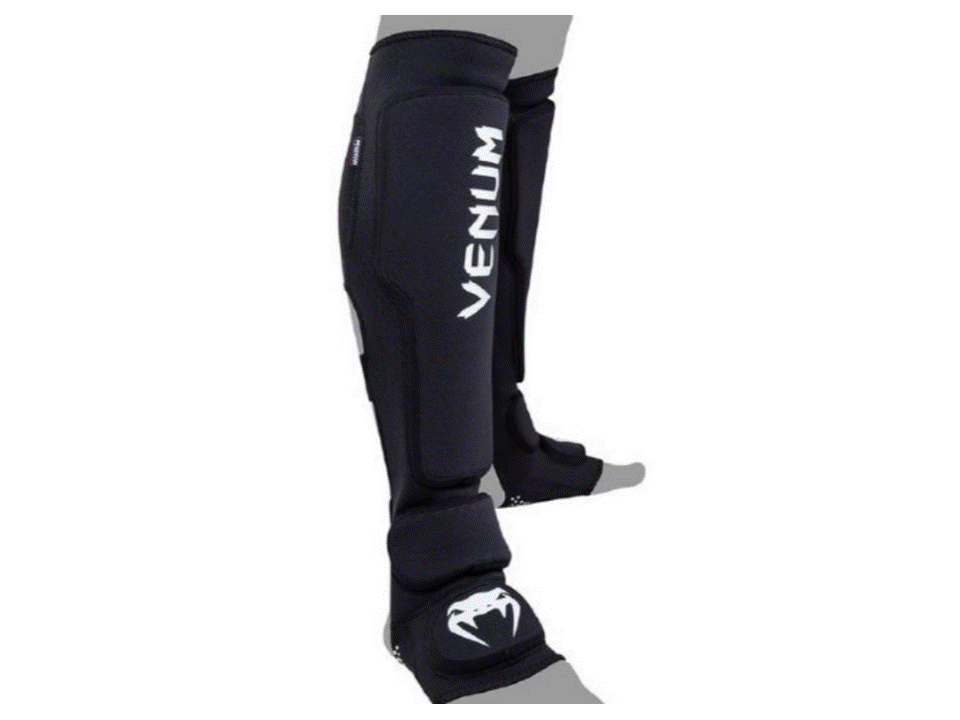
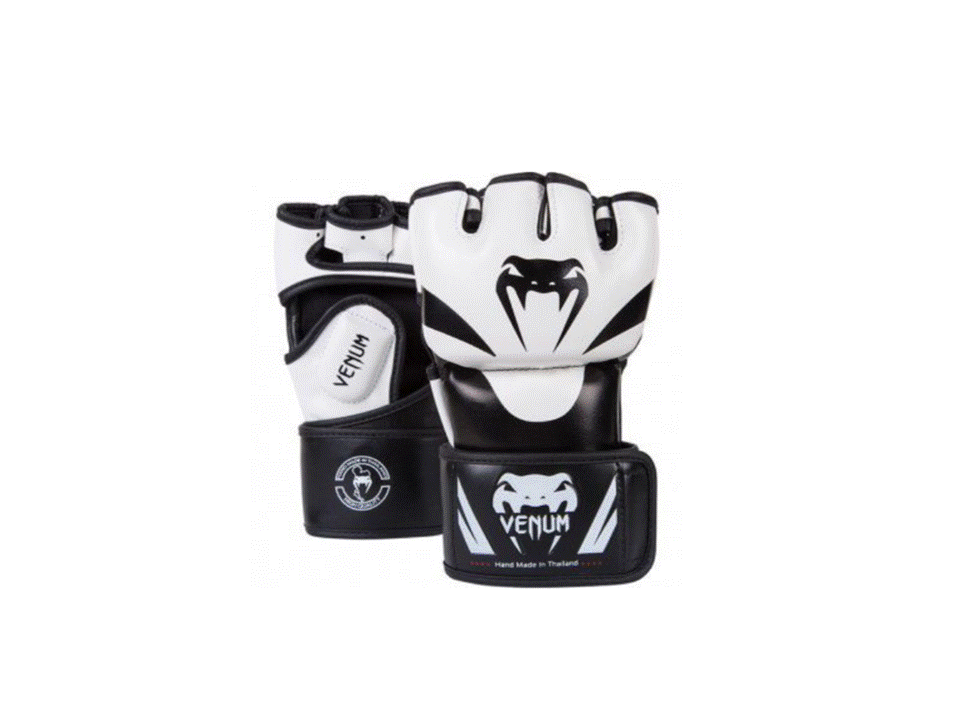

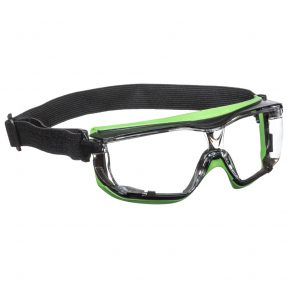










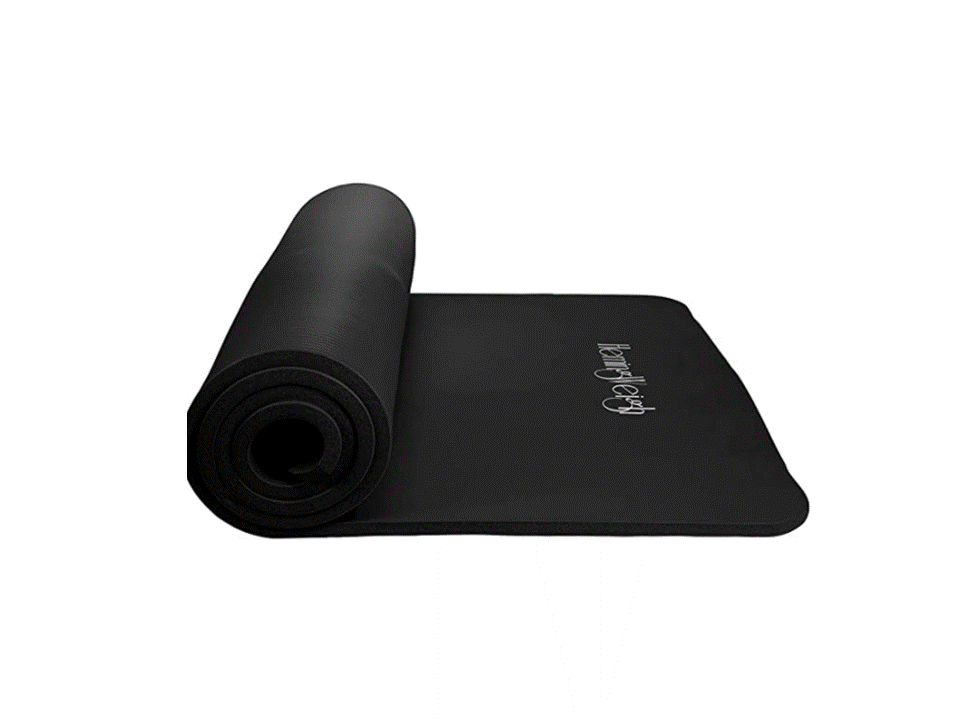
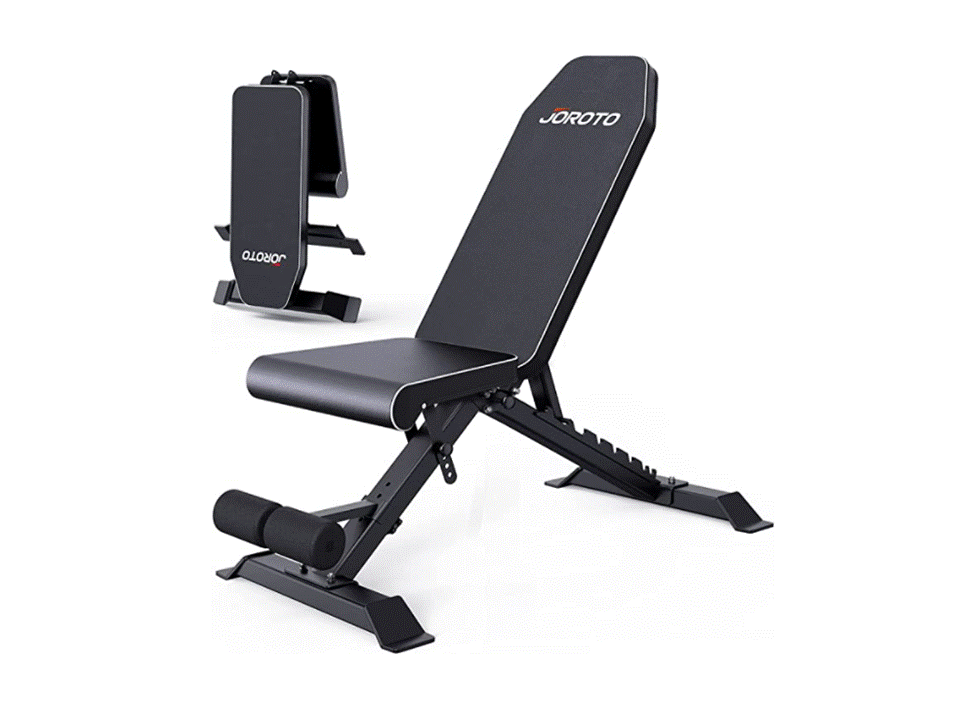



























Comments